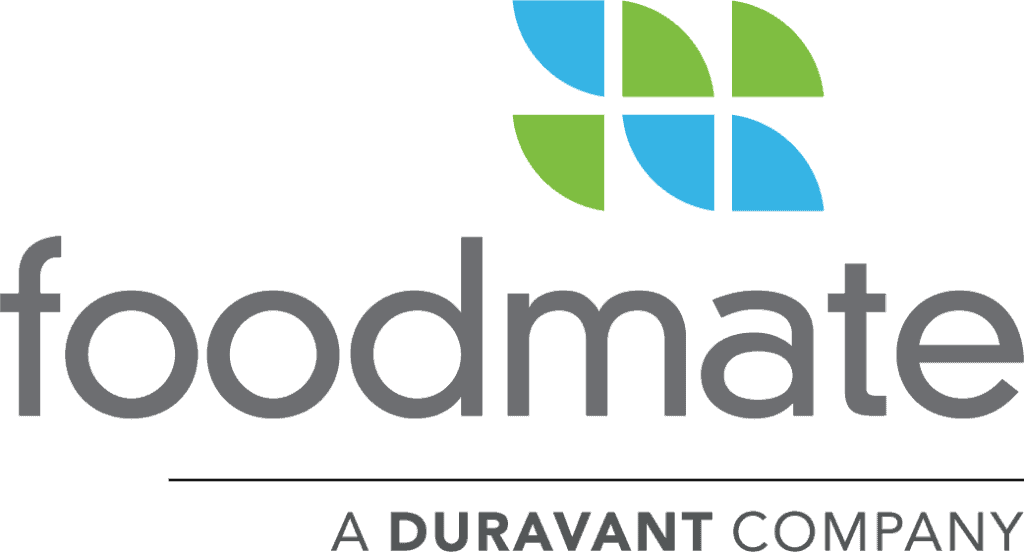The Duravant family of operating companies serve the food processing, packaging and material handling segments.
What Is Secondary Packaging, And Why Is It Critical?
09/09/2021
Few consumer goods are sold to people as-is. Even durable, shelf-stable products such as batteries are packaged in some form or another. There are numerous reasons for this. Not only do boxes, bags, blister cards and the like keep products organized and safe during transit, but they also serve important functions such as branding and preventing theft. That said, not all packages serve every function.
Understanding which type best fits your offerings means knowing the differences between these and what they do. For example, most consumers don’t know how to distinguish between primary and secondary packaging, even though they probably encounter both every day.
What are primary and secondary packaging, and how do they contribute to your success? Read on to learn more.
Understanding Primary Packaging
This is what most people are referring to when they talk about packaging. Simply put, it’s whatever the consumer has to open or remove before he or she can begin using the product.
Some examples of primary packaging include clamshells filled with produce, sports drink bottles, dog food bags, dry ingredients and potato chip bags. There are a myriad of crucial jobs these containers must serve between the moment they come off the production line to when they’re recycled or thrown in the trash, including:
a.) Protection – Bags with barriers or liners protect dry ingredients and other products, from moisture and contamination.
b.) Freshness – Putting lettuce in a clamshell or a bag will increase its shelf life.
c.) Portioning – Having boxes and bags that are uniform in size means shoppers get the same amount of product for the price they pay.
d.) Utility – Many features on these packages, such as the handle on a gallon-sized milk jug, zippers for small bags and pouches, and child resistance caps on gummy vitamins make it easier for people to use and store the products they contain.
e.) Branding – This is where a product’s brand name typically is featured. Manufacturers are presented with the opportunity to use eye-catching colors and graphics to grab shoppers’ attention.
Secondary Packaging and What It Does
Although it often isn’t as flashy or functional to consumers’ eyes as primary packages, secondary packaging nevertheless serves an important purpose when it comes to getting your products to market. This term refers to anything that holds multiple units of the same product in one bundle.
Examples of this type of package can include everything from a box made to hold two tubes of toothpaste, the shrink wrap around a 2 pack of ketchup, or a carton used to deliver packs of baseball cards to a store. Some of these are meant to be seen and opened by the end user, while others are not.
The functions these types of packaging options serve include:
a.) Transportation – Transporting a large quantity of SKUs without something to keep them together is inconvenient and impractical. A larger corrugated box or shrink bundled product helps these items remain organized during transit.
b.) Convenience – Purchasing 12 separate bottles of beer would be awkward for a shopper compared to having just one case to put in his or her cart.
c.) Merchandizing – For smaller items, such as packs of gum or candy bars, secondary packaging can be used to create attractive and orderly point-of-sale displays.
d.) Value – Shrink bundling a variety pack of sport drinks into a single SKU create an appealing value proposition for shoppers, which leads to higher sales.
e.) Ecommerce – Providing right-size packaging helps lower return rates by preventing shipping damages, increases brand identification, and improves customer satisfaction with frustration-free packaging.
Without secondary packaging, the supply chain as we know it would fall apart. There would be no way to ship large quantities of goods reliably from the warehouse to the store.
Manufacturers and retailers would be faced with significant losses due to product being damaged or lost during the shipping process. Consumers would make fewer purchases overall due to the logistics of carrying so many loose items home with them.
Quality Packaging Matters
So, what are primary packaging and secondary packaging? Simply put, primary packaging is the main container of whatever consumers purchase. Secondary packaging allows manufacturers and retailers to bundle, ship and market these items more effectively and conveniently. In both cases, the quality of these solutions are critical. This is why so many companies turn to nVenia for their primary and secondary packaging needs.
We are the industry’s go-to resource for these solutions. We provide primary packaging equipment such as weighers, counters, and fillers as well as bagging automation for the industrial market including dry ingredients, lawn and garden, aggregates and more. Our secondary packaging equipment includes shrink bundlers, shrink wrappers, case and tray loaders, automatic palletizers, and stretch wrap machines. We’re also a comprehensive source for related services including design and integration of machinery, installation and aftermarket service.
When it comes to packaging, no matter what we provide, we strive to ensure our solutions fit seamlessly into virtually any configuration in your facility for optimal results and efficiency. Everything we do is aimed at giving you the highest levels of performance, security and protection for your products.
Ready to learn more about all the solutions nVenia has to offer you and your operations? Get in touch today. Our representatives are ready to answer any packaging questions you may have.



